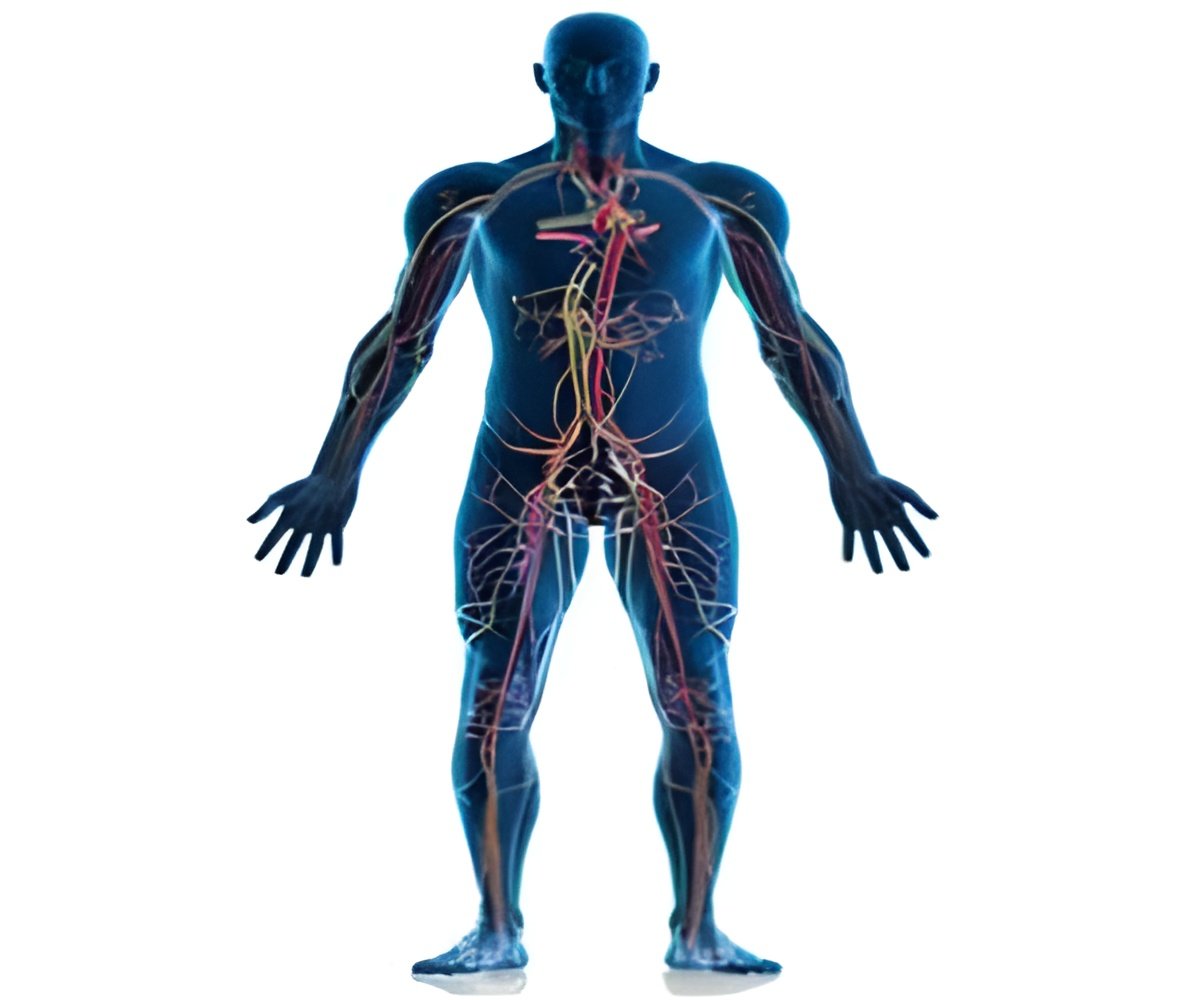
The mechanism behind LTD is called endocytosis. It involves a retraction of receptors where neurotransmitters can "dock." Van Aelst and colleagues have demonstrated how LTD works following activation of a class of receptors called group I metabotrobic glutamate receptors, or mGluRs.
It was known that longterm depression mediated by mGluRs depended in part on the rapid synthesis of specific proteins. Yet the identity of these proteins had largely remained a mystery. The CSHL scientists have now shown that locally rapid production of a protein called oligophrenin 1 (OPHN1) follows activation of group I mGluRs. OPHN1 in turn was shown to mediate LTD in hippocampal nerve cells, by interacting with yet another protein called EndophilinA2/3.
The result of this cascade of intracellular signals was dramatic: persistent removal of AMPA-type receptors at the excitatory synapse, and the onset of LTD. When rapid production of OPHN1 was blocked, mGluR-dependent LTD did not occur. These findings appear online today ahead of print in the journal Neuron.
Van Aelst explained the significance of the finding. "OPHN1 has two important functions that we know about. One is early in development, after synapses have appeared in the emerging nervous system. In this phase, OPHN1 in concert with other factors stabilizes receptors at synapses, and thus is essential in maintaining the structure of these essential features of neural circuitry.
"Our new findings show another vital role for OPHN1, later in development and into maturity. We assume that in response to behavioral stimuli – we aren't yet sure what kind – mGluRs are activated, setting off the series of steps that we identified: rapid upregulation of OPHN1, which binds to EndophilinA2/3, which in turn mediates the long-term removal of AMPA receptors."
Advertisement
Advertisement














